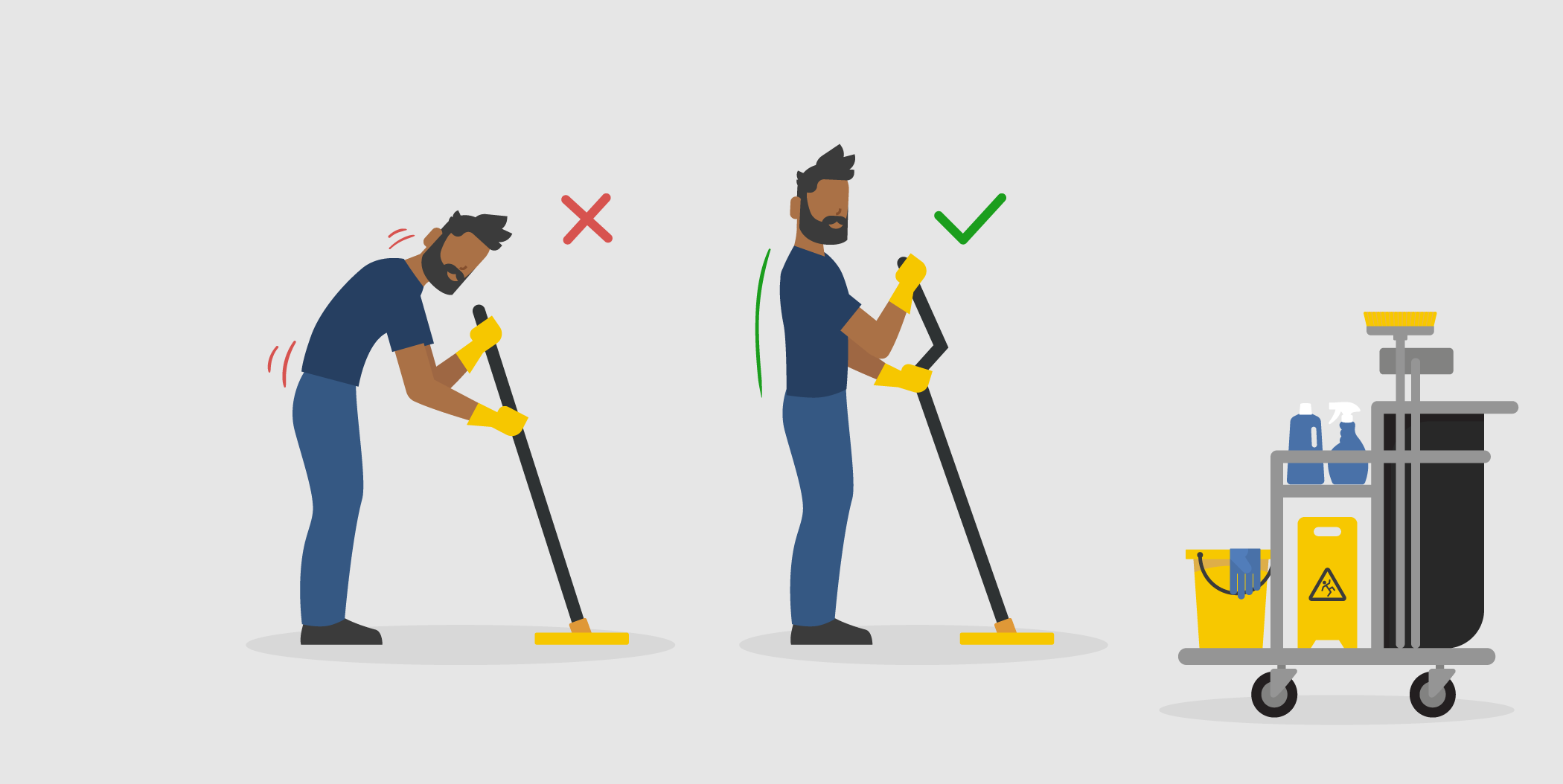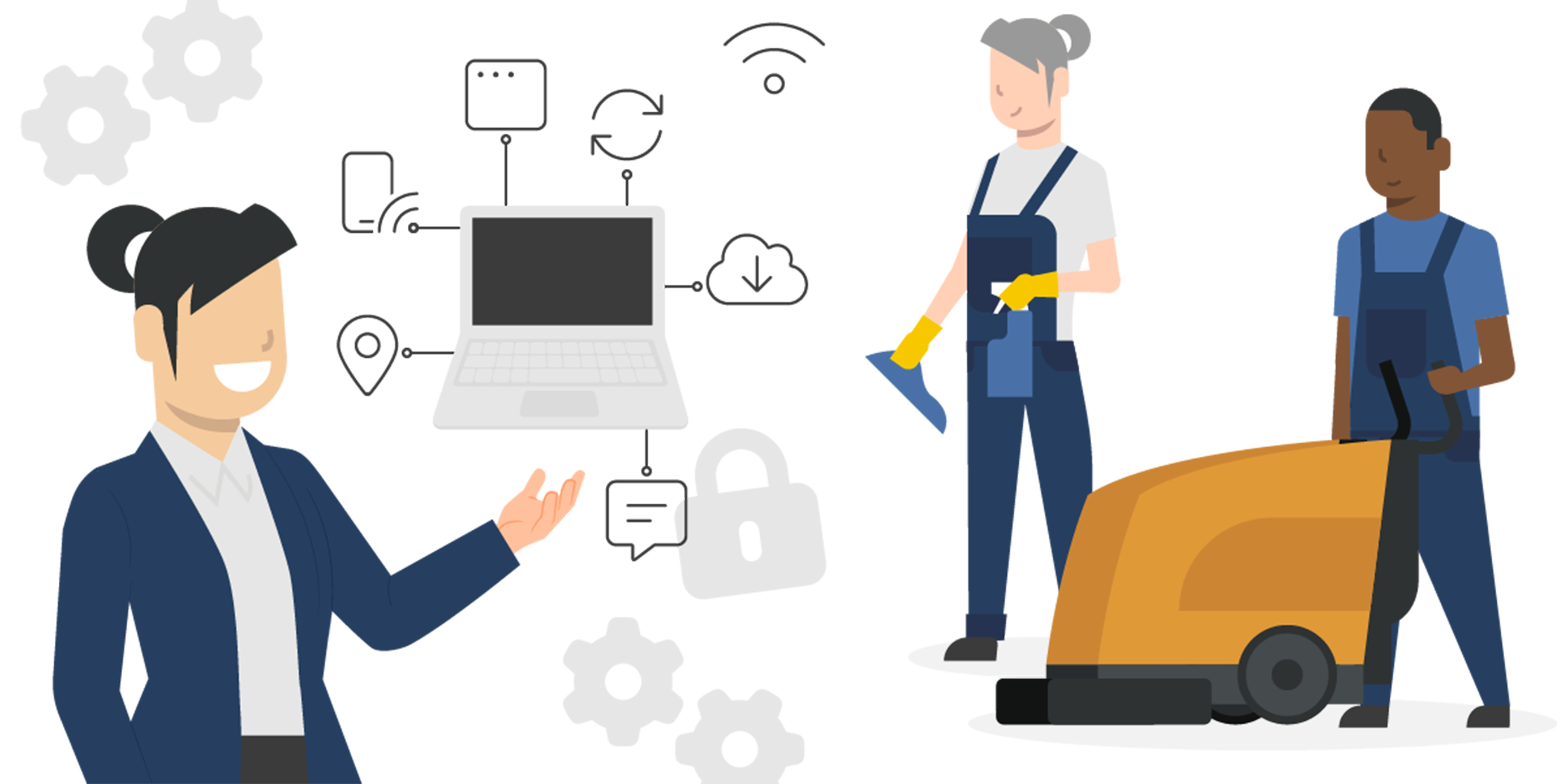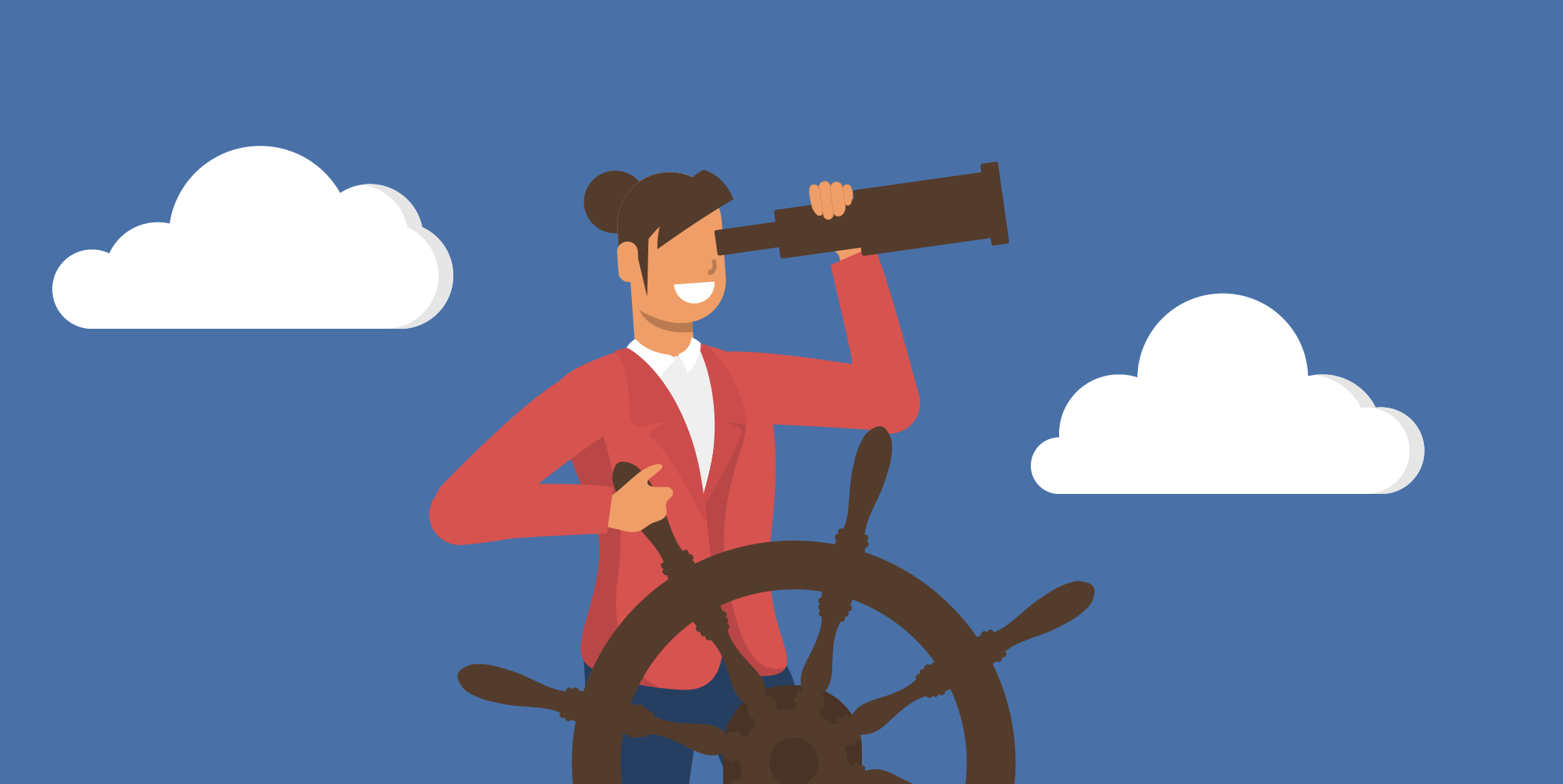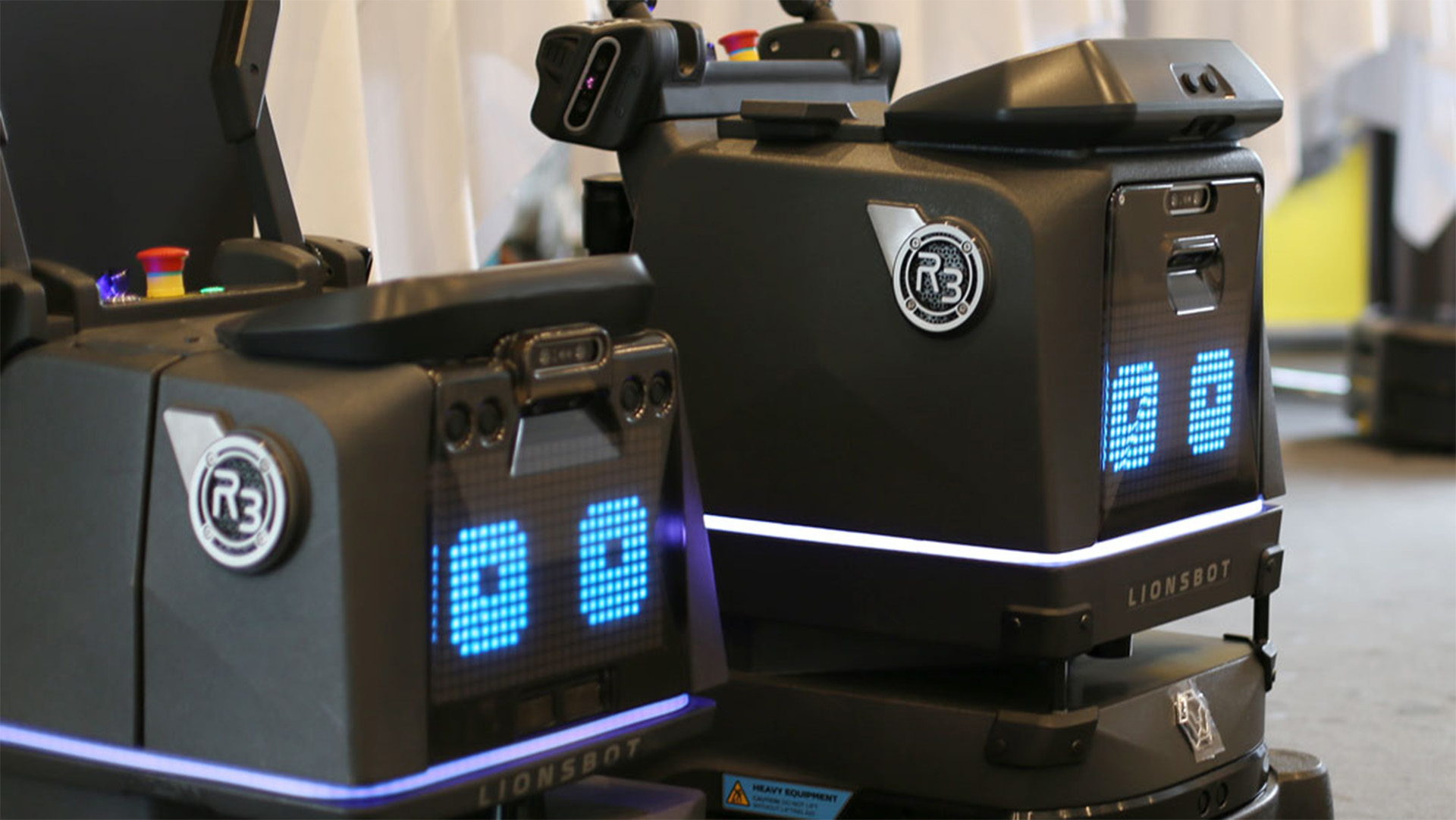Speed. Precision. Stamina.
That’s what keeps the cleaning industry moving — day after day. But behind every sparkling surface, there’s often a hidden cost: sore backs, tired shoulders, and long-term strain that can sideline even your best workers. That’s why ergonomics in cleaning isn’t a “nice-to-have” – it’s essential. Healthy, capable staff are the backbone of every successful cleaning business.
In this article, we’ll explore how simple ergonomic improvements can keep your team healthier, happier, and more productive — and how small changes today can build a stronger business for tomorrow.
The Hidden Strain: Why Cleaning Takes a Physical Toll
If you run or manage a cleaning team, you’ve probably seen it firsthand:
- A cleaner twisting awkwardly to reach under furniture
- Someone lugging a heavy vacuum up the stairs
- Long shifts of repetitive motion with little rest in between
Each of these moments may seem minor — but over time, they add up.
The result? Back pain, joint strain, fatigue, and frustration.
For employers, the impact runs deeper. Poor ergonomics lead to slower productivity, more sick days, and higher costs. It doesn’t just affect your staff — it affects your bottom line.
But the good news? Fixing it doesn’t have to be complicated.
3 Smart, Practical Ways to Improve Ergonomics in Cleaning
Small tweaks can make a big difference. Here’s where to start:
1. Choose Tools That Work With Your Team, Not Against Them
Ergonomic tools are designed to fit the human body — not fight it.
Think lightweight mops, telescopic handles, adjustable grips, and anti-vibration vacuum cleaners. These small upgrades reduce strain and make every task smoother and faster.
Tip: Involve your staff in selecting tools. The people who use them daily know best what truly works and what doesn’t.
2. Plan Workflows to Reduce Fatigue
Efficiency isn’t just about speed — it’s about smart movement.
Organise cleaning routes to minimise unnecessary walking or awkward reaching. Rotate tasks to prevent repetitive strain, and make sure regular, short breaks are part of every shift.
Tip: A few well-planned adjustments can turn fatigue into focus and keep energy levels high from start to finish.
3. Train, Remind, Repeat
You don’t need a full-day seminar. Even short, 15-minute workshops on correct posture, lifting techniques, and stretching can pay off quickly.
Tip: Training your team to move efficiently prevents injuries, builds confidence, and shows that their wellbeing truly matters.
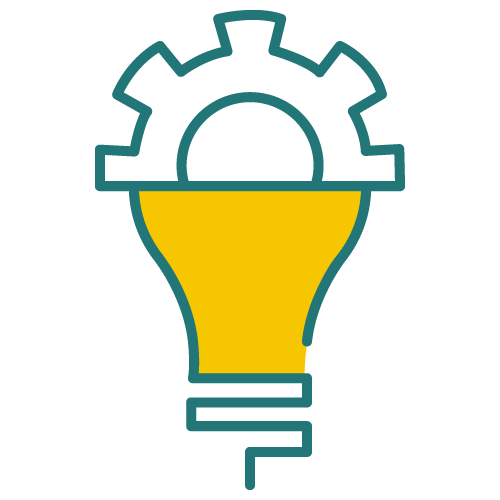
Why Ergonomics Pays Off
A well-designed, ergonomic workspace isn’t a luxury — it’s good business sense.
When your staff stay healthy and comfortable, you reduce absences, improve consistency, and enhance cleaning quality.
Pain-free cleaners take pride in their work, stay longer, and deliver better results.
Plus, a company that prioritises wellbeing sends a powerful message to employees, clients, and competitors alike: “We value our people. And that’s why we deliver quality.”
Ergonomics Is an Investment in the Future
Ergonomics isn’t just for large corporations with deep pockets.
Smaller cleaning companies often see the biggest returns, because a few practical changes can dramatically improve team morale, retention, and performance.
By making ergonomics part of your everyday operations, you’re not just preventing injuries — you’re building a healthier, more efficient, and more sustainable business.
Work Smarter, Work with CleanManager
Ergonomic work isn’t just about posture – it’s also about how you organise your work. With CleanManager, you can plan shifts digitally, track time on the go, and manage documents seamlessly, all in one place.
The result? Less stress, fewer mistakes, and smoother workflows. Because when your systems run smoothly, your people can too.
Want to learn how to make your cleaning business stand out even more? Read our article: How to make your cleaning business stand out from the competition for practical strategies.
FAQ: Ergonomics in Commercial Cleaning
Why is ergonomics important in cleaning?
It protects your staff from back injuries, fatigue, and long-term strain. Healthy cleaners mean fewer absences, higher performance, and a stronger business.
What are common ergonomic challenges in cleaning?
Frequent bending, awkward postures, repetitive motions, and poorly fitting tools — often under tight time pressure.
How can I improve ergonomics in my cleaning company?
Start small. Use height-adjustable tools, lightweight mops, and ergonomic grips. Streamline workflows and encourage regular breaks.
Are ergonomics trainings worth it?
Absolutely. Even short, practical sessions improve posture awareness and reduce strain — preventing injuries before they start.
What’s the business benefit of an ergonomic workplace?
Fewer absences, better cleaning quality, higher morale, and a stronger company reputation.
How does ergonomics make my business more future-proof?
It helps retain motivated, capable staff — exactly what’s needed in an industry facing skill shortages and rising competition.
